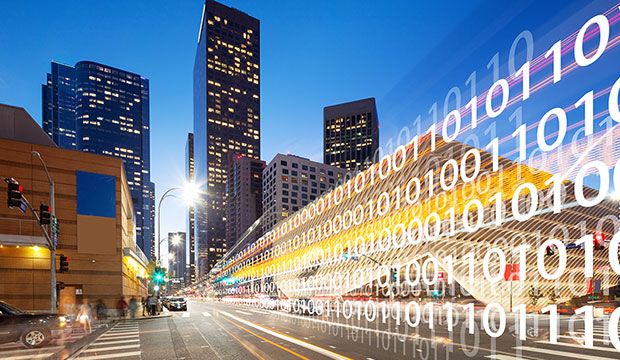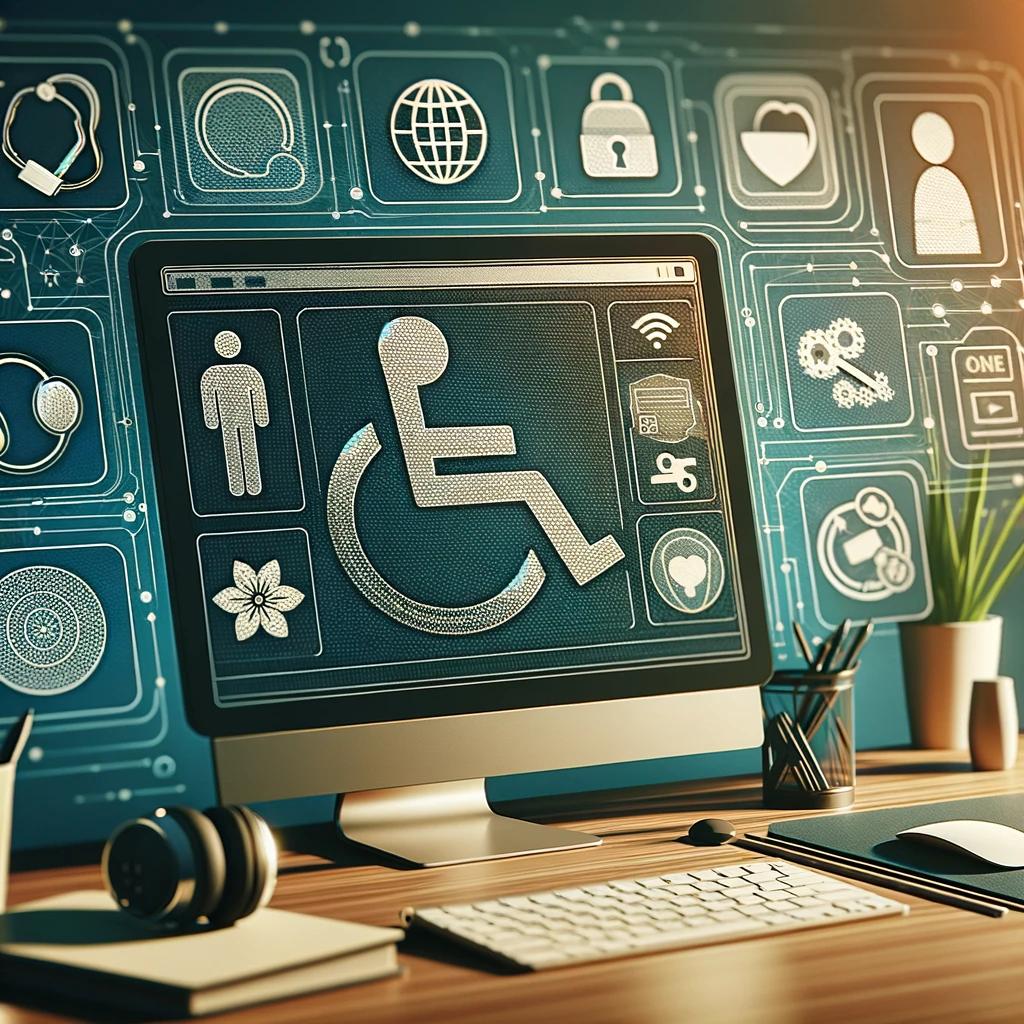
Given the massive power problems in California last summer and in Texas last week, these homes could help deal with power outages if they are designed to operate off distributed solar or wind; and they could help deal with the U.S. homeless problem as well.
This emerging building method is also far less wasteful, far faster, and far cheaper to build much sturdier homes. The only real downside is that the skills and technology to build these houses aren’t widely available yet.
Still, a shift to 3D printed building could create many new white-collar jobs, and the training required isn’t considered exceedingly difficult.
Let’s talk about 3D printed homes, and we’ll close with my product of the week, the ARM-based HP Elite Folio.
3D Printing
Many industries are being transformed by 3D printing this century.
Starting with manufacturing: HP, for example, moved from prototyping to production parts, then to colors, and finally to metals. They are working on mixed material 3D printing and the possibility of composite metal/plastic parts.
has demonstrated 3D printed steaks and is planning to move into other beef cuts, creating a path to eventually being able to print food at home. If broadly adopted, this technology eliminates much of the greenhouse gasses and adverse environmental impacts of beef production, which are significant.
3D Building
However, the where 3D printing could have the most significant impact is on home building.
Build times are reduced from 8 weeks to 1-to-3 days; costs drop to one-seventh of what it currently costs if humans build the house, and construction waste is reduced by 59 percent (the U.K. construction industry sends 25 million tons of waste to landfill annually).
Taking all of this into account means you could build seven homes of similar size for the cost of building one home using traditional methods, in less time, with considerably less waste.
Concerning resilience, 3D printed homes in China are designed to survive an 8.0 Richter scale earthquake. It takes two people to build a 3D printed home, versus up to 40 laborers to build a traditional home.
Before you talk about unemployment, realize that areas experiencing high growth usually complain about shortages of qualified labor and have to use unskilled labor, resulting in mistakes and problems for the new homeowner. So freeing up the highly trained people to do finish work rather than building the entire structure would significantly increase the number of homes that can be built.
Also, building tends to have relatively high accident rates, most of the causes for those accidents are eliminated with a 3D built home.
When 3D printing is applied to emergency housing, not only can it consume recycled materials, it can more easily be recycled once the crisis has concluded because the printing material can be altered for short-term use.
Rethinking the House of the Future
When talking about the future house, I remember visiting a Disneyland attraction built in the 1950s called Monsanto House of the Future. Which showcased many advancements that came much later.
Dishwashers were easy, but robotic vacuum and centralized control for lights and entertainment came much later. The Monsanto house was raised so it could deal with floods and made out of fiberglass, which not only survived earthquakes, but when they came to tear the thing down, it laughed off the wrecking ball. It doubtless would have survived floods, earthquakes, tornadoes, and hurricanes and assured that those living in it always had a home.
Oh, I should point out, only because no one ever brought the idea to market, the Monsanto House dishwasher both washed and stored the dishes and cutlery; no need to unload the dishwasher. You put the dishes away dirty, started the process, and you were done. Granted, continually washing every dish you had several times a day would have gotten old. Still, you could have sections for daily dishes and then another dishwasher for pans and dishes you only used occasionally.
Now imagine if you updated that Monsanto House design for 3D printing. You’d get a very resilient home that could be built in less than a week. It could survive almost any natural or human-made disaster and the cost would be a fraction of a traditionally-built home. The only issue now is finding someone to build one.
Wrapping Up
3D printing is changing the world, but one place where it is making a huge difference is in building homes. In China, they have moved to this technology aggressively because it is better, faster, cheaper, more durable, and the designs it is capable of are more fluid and, to my eye, often more attractive.
There are a few out there though Apis Cor, SQ4D, and WePrintHouses are three that are in operation now (I like the designs WePrintHouses is showcasing the best).







